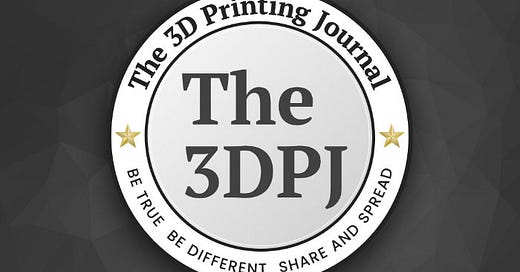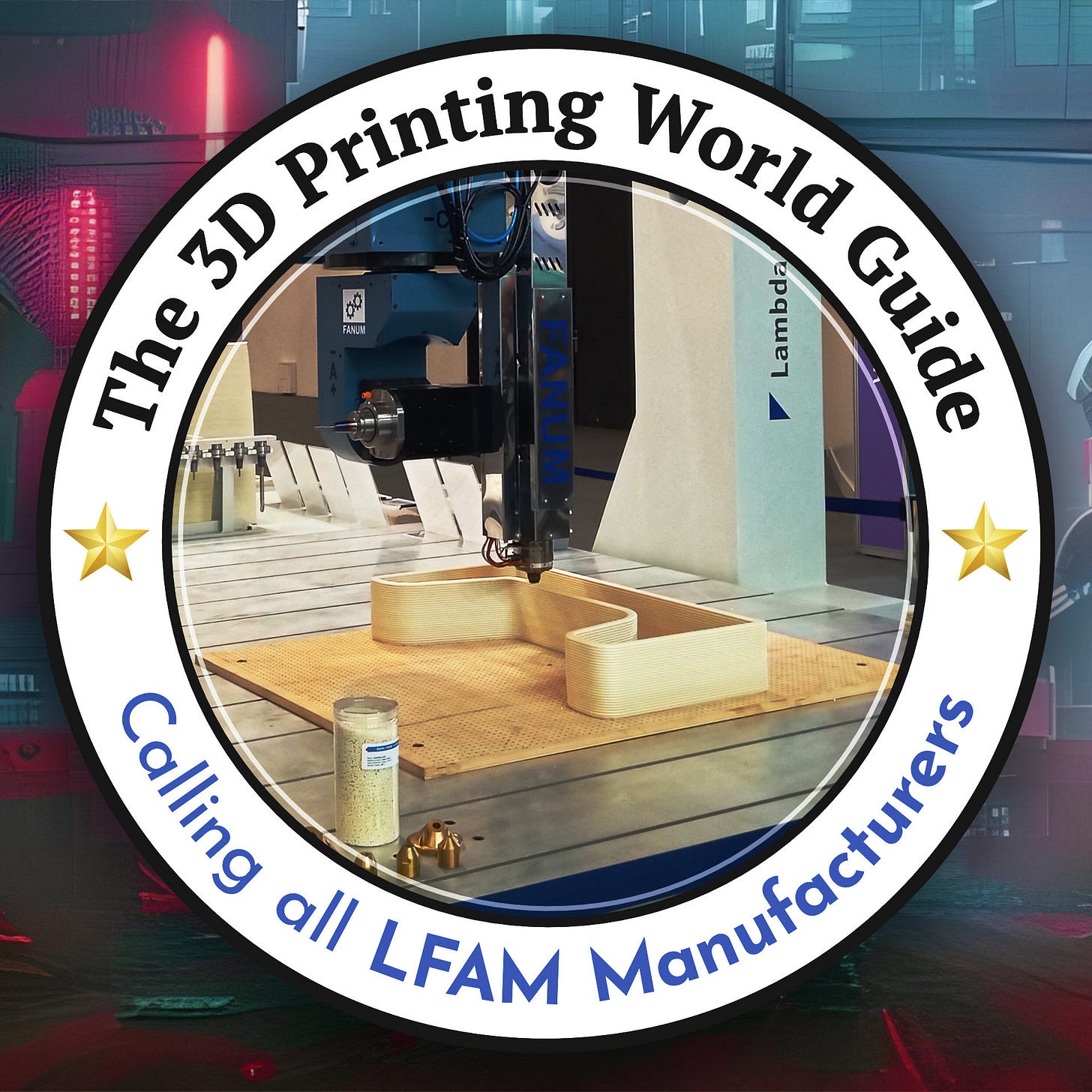Forget about Trump’s tariffs – the EU is suffocating itself with internal customs and regulations
The Atomic Layers: S9E13 (00250)
Atomic Layer of the Day:
For some time now, I’ve been having informal talks with a company from Asia, which I’ve been “friendly advising” on how to start a business in Europe. I’m familiarizing this person with the nuances of European bureaucracy—issues related to EU and local regulations which, for example in Poland, can vary in importance depending on who is currently in power (in theory, national law takes precedence, but in practice—it really depends).
Today I came across an interesting analysis in the Polish media discussing bureaucracy and overregulation in the context of the trade war recently sparked by President Donald Trump.
And in short, I can summarize it with what I wrote in the title: the US doesn’t need to impose tariffs on Europe to “win a economic war”—Europe is already killing itself.
Generally speaking, EU regulations—especially their inconsistent nature and "overregulation" by certain member states like Poland—result in trade barriers equivalent to tariffs of up to 44% for goods and 11% for services.
This situation significantly limits business growth, especially for small and medium-sized enterprises (SMEs), which have to allocate significant resources just to meet administrative requirements.
As part of Ursula von der Leyen’s second term plan, the European Commission has announced a simplification of EU law and a reduction of administrative burdens—by 25% overall and 35% for SMEs—which is expected to boost productivity and attract investment.
I emphasize the word “announced.”
Just like many other industrial sectors, a company operating in the 3D printing space in Europe faces numerous difficulties due to EU bureaucracy and regulation. The lack of harmonized laws among EU countries forces businesses to comply with different legal requirements in each state, which raises operational costs and complicates scaling.
For example, a company manufacturing 3D printers or offering AM services must meet different safety standards, certification processes, or environmental regulations in Poland, Germany, or France—complicating cross-border trade.
Overregulation in Poland, referred to as “gold-plating,” adds further administrative burdens, such as extra reporting requirements or licensing procedures, which can discourage companies from expanding into this market.
High internal trade barriers within the EU, as the IMF points out, limit cooperation between firms in different member states—something particularly painful for the 3D printing sector, which thrives on innovation and fast access to materials and components.
As a result, European companies lose competitiveness compared to those outside the EU, which operate under less restrictive conditions.
Compared to companies from China and the USA, running a business in the 3D printing sector in Europe is a serious challenge, primarily due to differences in regulatory and bureaucratic burdens.
In China, companies benefit from looser regulations, lower production costs, and simplified bureaucracy, allowing them to offer competitive prices globally. In the US, companies operate under more flexible laws and a larger, unified internal market, which makes it easier to scale operations and introduce innovations more quickly.
Let me give two examples that might sound abstract—especially to Americans:
Every company in the EU with a “limited” or “incorporated” status (meaning it has legal personality) is required to report all annual financial results to the relevant authorities. These reports are later available for public access—free of charge in some countries (like Poland, Germany, or the Czech Republic), or for a small fee (typically a few euros per report) in others. While this level of transparency is valuable—especially in international business—what often goes unmentioned are the costs of preparing these reports, which can range from hundreds to thousands of euros depending on the company’s size. Which is starting to become quite an issue for a small business.
Employees on “employment contracts” are protected by highly employee-friendly laws. This is great (for workers), but sometimes leads to absurd situations. One day, I’ll tell you the story of an employee who worked for us for one month, but didn’t officially leave until almost four years later due to sick leaves and maternity leave—and we had to pay her a total of 8 salaries.
So if you’re from outside Europe and planning to open a business here—get in touch. I’ll try to introduce you to the brick wall of truth.
Atomic Layer from the Past:
04-13-2021: Materialise announced its intention to acquire Link3D.
Calling all LFAM 3D printers manufacturers!
This is the final call to submit your application – the deadline is Tuesday (April 15, 2025) at 12:00 PM CET. The guide is scheduled to go live at 5:00 PM the same day.
📅 Planned release date: April 15, 2025.
News & Gossip:
Advanced Printed Electronic Solutions (APES) has partnered with Germany’s KRONOS Mechatronics to expand its AME portfolio. APES adds KRONOS’s Helios and Hyperion 3D printing systems and will integrate the Aion 5X CAD/CAM platform into its Matrix6 system, enabling seamless AME workflows and full product lifecycle support.
Fraunhofer IPA researchers have developed a fast, non-destructive method to assess the aging of SLS polymer powders using a mobile Raman spectrometer. This technique detects molecular changes in seconds, improving material usage, reducing waste, and enhancing process reliability—especially in blended batches of new and reused powder.
Although I always include it in the subtitle, I’m sure no one really pays attention. Well, this article happens to be the 250th one I’ve published as a daily newsletter! Overall my article count on this website is 633. And I’m just 3 subscribers shy of reaching 600!





